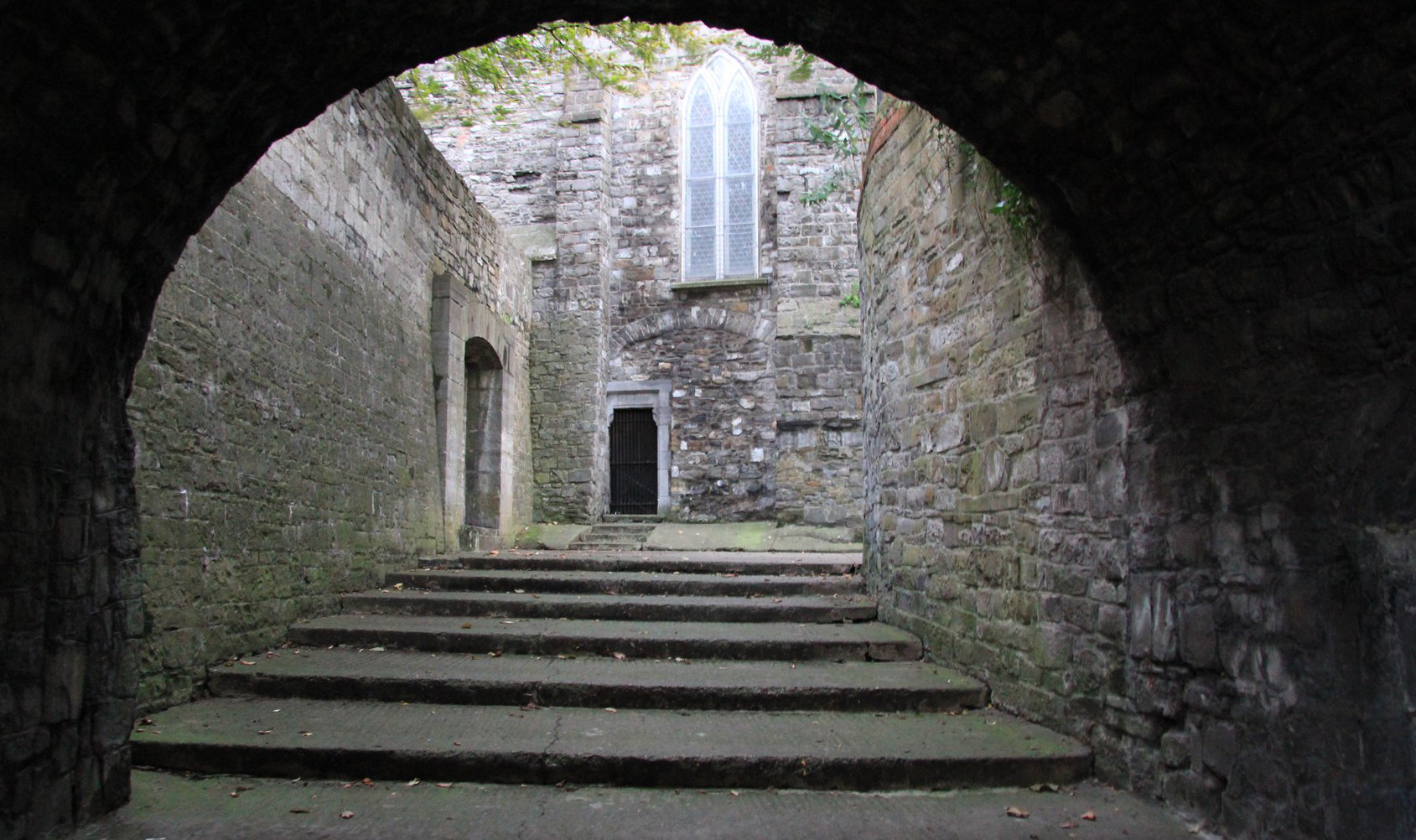Black Death

What is Black death? Also know as black plague, bubonic plague or just “the plague”.
From a modern medical point of view, it is a highly contagious, pneumonic type of an infection which can be transmitted via inhalation, ingestion or even slight abrasion of skin. When you become infected with the plague usually lung lesions occur, your heart and kidneys turn into fatty goo, the walls of blood vessels are attacked frequently causing haemorrhages and acute blood poisoning, death may then occur from heart failure and in fact plague was in the middle ages fatal in the majority of cases.
Now, why such a name? Black death? The traditional belief is that it was so called because the putrefying flesh of the victims blackened in the final hours before death supervened. The only trouble with this otherwise entirely plausible theory is that no such phenomenon occurred! It is true however, that in cases of septicemic plague, small black or purple blotches formed on the bodies of the sick and it is likely that this symptom made such a vivid impression on the terrified beholders that that is how the plague got its name.
The invasion of black plague into Ireland can only have occurred by sea. It is believed that the disease was shipped from Bristol, in England to ports on the east and south east coasts of Ireland where it appeared in different port towns between the 24th June and 1 August 1348. Later in August it was imported into Dublin. It swept and raged through the town and a terror descended on the city. Now we’re going to head up through temple bar via a medieval plague pit to Christ Church Cathedral to hear contemporary accounts of what the reaction was like to the great pestilence.
Dublin is under siege from the deadliest disease to ever hit it. The citizens of Dublin are scared. The commoners are starting to make the connection between an infected person and the increasing number of infections that are occurring around that person. Instead of receiving pity the infected are ostracised. At the height of the death, always during summer as winter tended to put the plague into remission, it was not uncommon to see unburied corpses piled up on top of each other in dug up holes. This area would have at one point seen such a dreadful sight. Soon enough this plague pit would have been stacked to the rafters with corpses and quickly covered over so as not to let the disease spread. In Leinster the annals record “many a castle was left without a guard, many a flock without a shepherd, and many a noble corpse without burial in consequence of this distemper.”
You can imagine the atmosphere in Dublin at the time, death is upon the city, nobody could trust anybody, as anybody could be infected, the unburied corpses are emitting a stench that wafts across the city and hangs just over the Liffey, and there is no end in sight.
